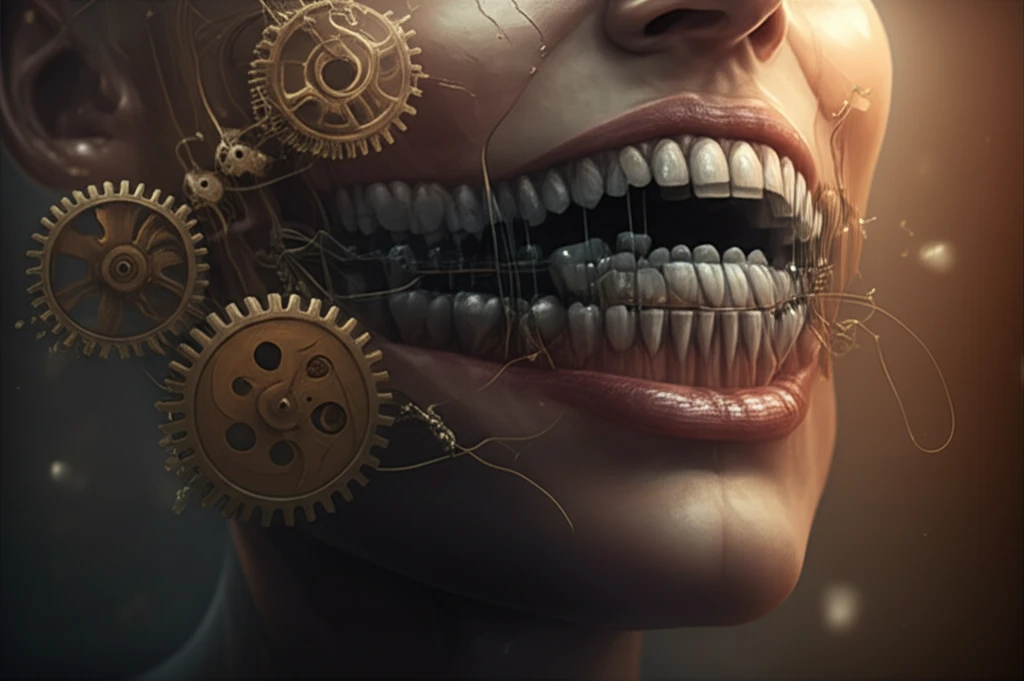
Class II Division 2: Does Your Bite Shape Predispose You to Jaw Problems?
"Unlocking the link between bite alignment and temporomandibular disorders (TMD)."
Jaw pain, clicking, and tension headaches – these are just a few symptoms of temporomandibular disorders (TMD), a frustrating condition affecting the jaw joint and surrounding muscles. While the exact causes of TMD are complex and often debated, research suggests that certain bite alignments, particularly Class II Division 2, may play a significant role.
For decades, malocclusions, or misalignments of teeth, were considered major culprits in TMD. Early theories even pinpointed the loss of molars as a trigger, leading to changes in jaw position and muscle strain. However, modern research paints a more nuanced picture, acknowledging multiple contributing factors.
This article explores the connection between Class II Division 2 malocclusion and TMD, providing a clear understanding of the potential risks and what you can do to protect your jaw health.
Understanding Class II Division 2 Malocclusion

Class II Division 2 malocclusion is characterized by a few key features: a receding lower jaw (mandible), a deep overbite where the upper front teeth significantly overlap the lower front teeth, and upper incisors that tilt back towards the roof of the mouth (palatoversion). This specific combination creates what some dentists call a "anterior lock," potentially forcing the jaw joint back and leading to disc displacement.
- Genetics
- Trauma to the jaw
- Parafunctional habits like clenching or grinding
- Underlying joint instability
Taking Control of Your Jaw Health
While having a Class II Division 2 bite may predispose some individuals to TMD, it's not a guaranteed outcome. By understanding the potential risks and taking proactive steps, you can maintain healthy jaw function and alleviate discomfort. Consult with your dentist or orthodontist to determine the best course of action for your specific situation.
